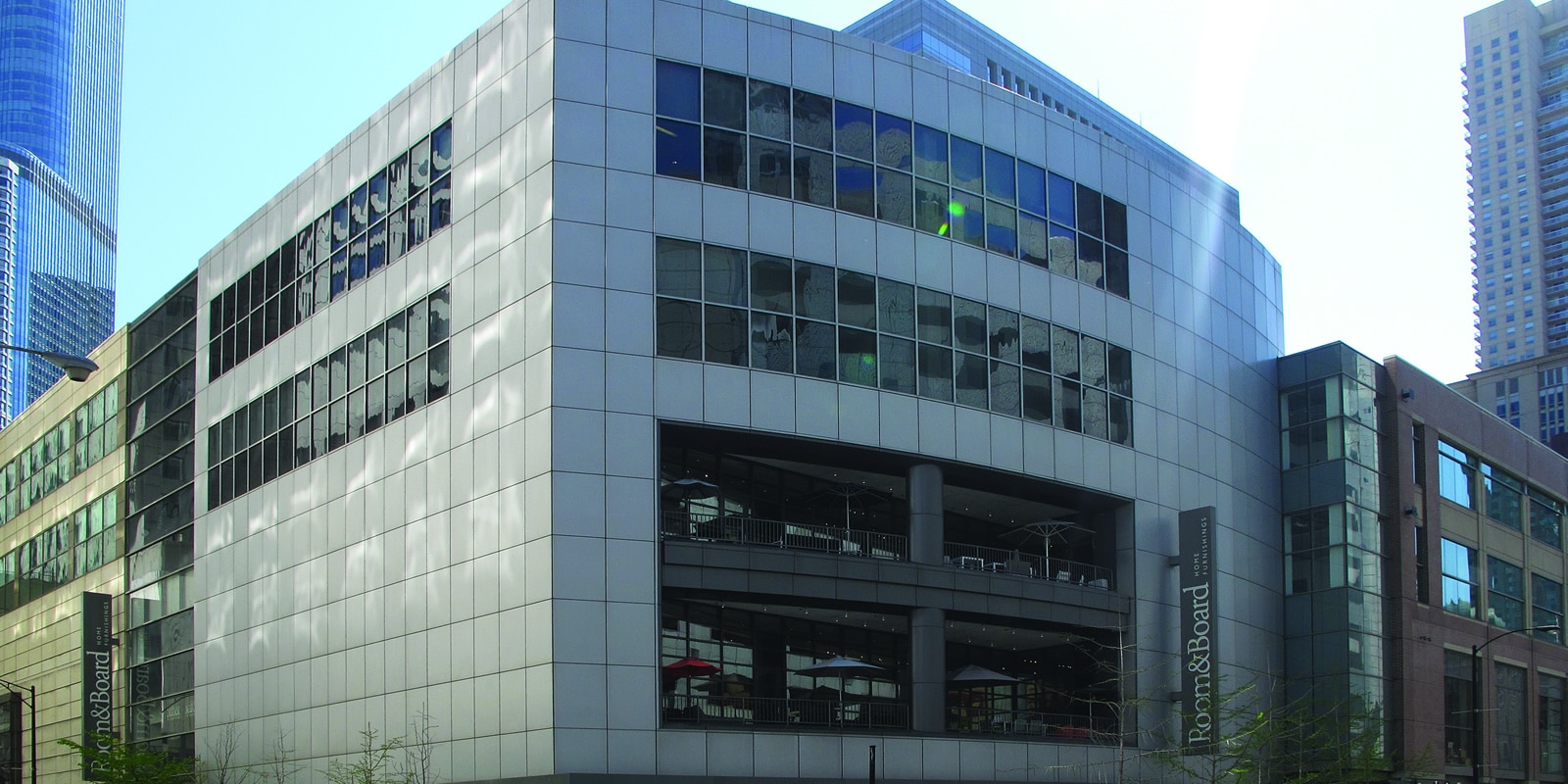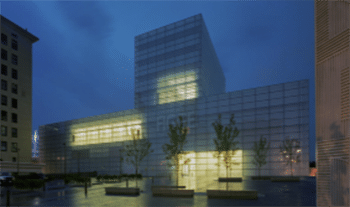Protecting Your Investment
The best way to solve damaging moisture problems within your building’s walls is to prevent it. Unlike traditional construction methods which trap moisture, rainscreen, when properly designed and applied, provides an uninterrupted, weather-resistant barrier to keep wall cavities dry and healthy.
Armed with a wealth of first-hand field experience and access to the most current technological resources available, W.J. Higgins & Associates provides innovative solutions for exterior wall and rainscreen design services.
Our unparalleled expertise provides:
- Greater design freedom
- Greater flexibility in construction scheduling
- Increased longevity with a virtually maintenance-free exterior
- Greatest building value for your dollar



